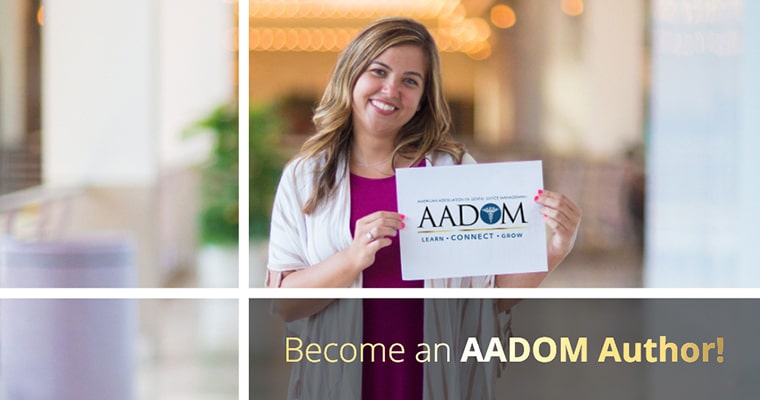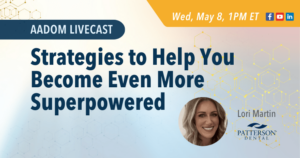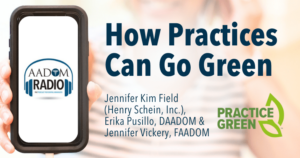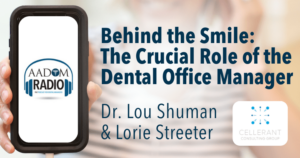Mixing & Managing Generations in Dentistry
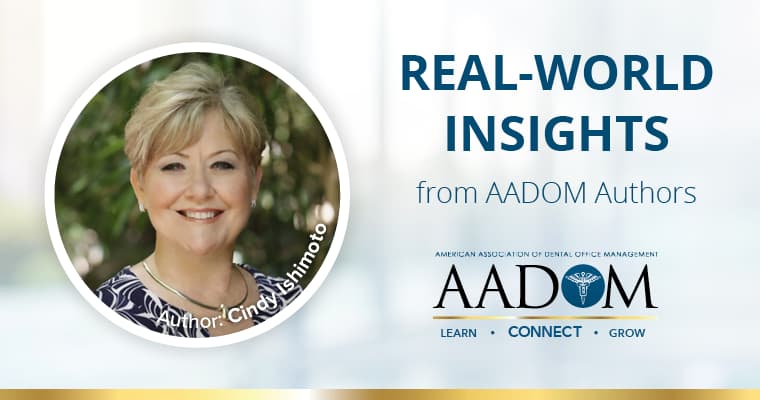
“Each generation imagines itself to be more intelligent than the one that went before it, and wiser than the one that comes after it.” – George Orwell
The different generations in dentistry today provide challenges and complexity for managers and teams. This diversity is resulting in a clash of work ethics and is creating cultural friction.
This generation gap has been defined as a lack of communication and understanding between older and younger people, resulting from different experiences of life. Those shared moments during our childhood help define who we are, how we view the world, the way we think, and our value systems. Each generation has identifying factors that distinguish us from one another but should not divide us.
Intergenerational distrust is as old as time itself. Five generations are now working alongside each other for the first time in history. If you want to create a thriving dental practice, it’s important for you and your team to understand these differences so you can all communicate and work together toward one common goal: the success of your dental practice.
The different generations in dentistry
1. Traditionalists (aka the Silent Generation)
Born: 1928-1944
Shaped by: Great Depression and World War II
Characteristics: Disciplined, believe in conformity, dislike conflict, and prefer hierarchical organizational structure
2. Baby boomers
Born: 1945-1964
Shaped by: Vietnam War, hippie culture, the rise of rock n’ roll, civil and women’s rights movements
Characteristics: Hard-working, strong work ethic, innovative, loyal, goal-oriented, high level of professionalism, may fear that millennials and Generation Zers will take their jobs
3. Generation X
Born: 1965-1980
Shaped by: Challenger explosion, Fall of the Berlin Wall, Gulf War, Cable TV, MTV culture, AIDS, early internet, and advancing technology
Characteristics: Independent, free agents, seek ongoing training and growth opportunities
4. Millennials (aka Generation Y)
Born: 1981-1996
Shaped by: 9/11 attacks, the internet, the Great Recession, housing market collapse, mobile phones, social media, and Google
Characteristics: Confident, value diversity and community service, team players, tech-savvy, want to be coached and mentored
5. Generation Z
Born: 1997 to present
Shaped by: Tablet devices, smartphones, personalization/fracture of media and entertainment, mobile apps, and social media
Characteristics: Optimistic, prefer mission-driven work, able to multi-task, extremely tech-savvy, highly dependent on technology, and are considering alternate advanced education rather than going to college
How do you cross the Generational Divide?
Begin by maximizing the talent of your team. Collaborative relationships allow different generations in dentistry to learn from each other and acquire new skills.
Four out of five millennials have expressed a desire to be mentored. Older team members can also benefit from this knowledge exchange. This type of collaborative relationship also encourages each employee to respect the skillset that their counterpart brings to the table.
Ditch the labels: Workplace generalizations that ridicule millennials as Generation Snowflake or presume that baby boomers can’t operate a smartphone are unhelpful at best.
Over half of millennials may see career progression as the most important thing when choosing an employer, but is that so different from previous generations? This also does not mean there is a clear generational divide in terms of ethics, abilities, or values. Many older workers have adopted a “millennial mindset” as they’ve embraced digital technologies and adapted to the changing dental practice model.
It’s human nature to try to pigeon-hole people into neat categories and stereotypes. The trick is to look beyond these definitions and identify talent in whatever form it takes.
Creating an intergenerational team starts by cultivating a culture of equality and respect. Giving employees of different ages an equal voice creates a shared sense of responsibility. It also brings a broader range of perspectives to the table when solving practice challenges.
Consider these tips to help create a collaborative and respectful environment:
- Recognize your own generational biases as a dental office manager. Do your own generational traits prohibit you from truly understanding others’ perspectives?
- Be mindful of generational differences. Take these differences into account when developing training sessions, setting expectations, rolling out new processes or technology, and communicating with staff.
- Provide generational training for your team.
- Don’t make assumptions about each generation. It’s easy to assume all generations fit into a stereotype. Take the time to get to know each staff member individually to gain greater insights.
- Set realistic expectations. Don’t expect employees of a different generation to adapt to your management style. For example, it may be more appropriate to text or e-mail a millennial, but you may need to follow up with a baby boomer in person. Be prepared to adapt to your employees and their preferences.
Mixing and managing generations in dentistry
At the end of the day, we all must co-exist in the practice culture, so understanding what drives each generation is the first step towards professional peace and productivity. It is important to define expectations and hold all generations accountable. Clarity of mission is essential for building and retaining great talent.
Take some time to consider how you can learn from each other and play well in the multi-generational sandbox.
Meet the Author
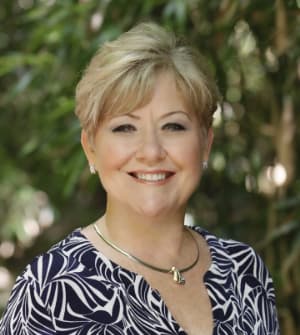
Cindy Ishimoto has over thirty years of experience in the dental industry. She began her career as an assistant and business auxiliary, then progressed to a management position, and now as a practice management consultant and dental speaker.
She is acknowledged by Opens new tab to Dentistry Today website Dentistry Today as one of the leaders in dental consulting from 2006 through 2019.
Her knowledge of all facets of dentistry, people skills, motivation, and communication are reflected in her ability to teach and train. Cindy’s love of people and dentistry enables her to share her enthusiasm to build successful, people-oriented businesses.
Cindy can be reached at 808-375-7344 or online at Opens new tab to Cindy’s website cindyishimoto.com.



